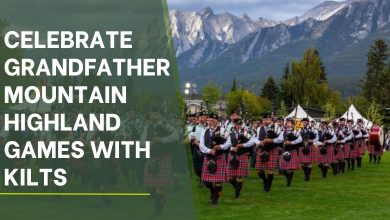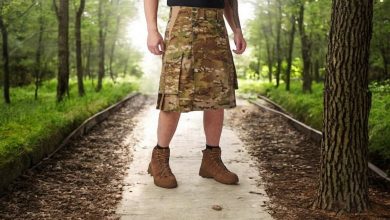Exploring Clan Macleod’s History, Tartan, Feuds!
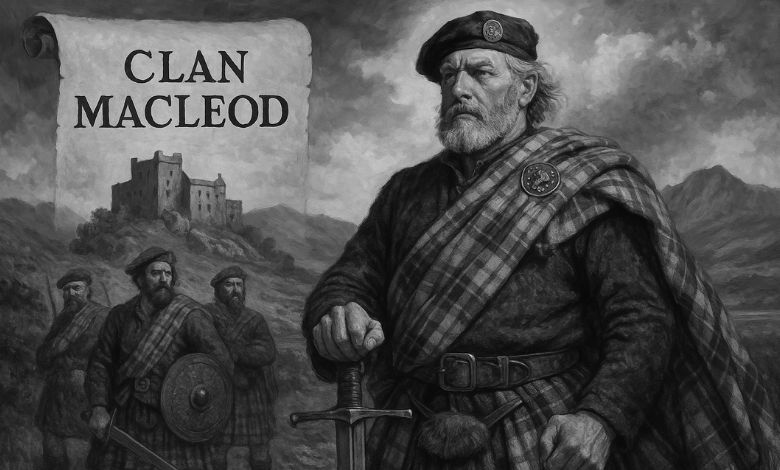
Today the official name of this clan is Macloed, which was born from descendants of Leod. This clan has been very crucial in different eras, whether it was the Scottish Independence War or the Jacobite Risings. Scots used to live in clans and still follow the same pattern. This article is a guide about Clan Macleod, where we will ensure to cover its different aspects including history, strongholds, tartan they wear, and faith they believe in. So, without any delay, let’s proceed to this fascinating information.
Origins and Current of Clan Macleod
Clan Macleod falls on the list of oldest Scottish clans. Its origin takes us back to 1200 when the father of this clan Leod was born. This clan traditionally is known to have two branches known as Macleod of Harris and Dunvegan, and MacLeod of Lewis.
Clan members from day one had been brutal fighters who excelled in martial arts as well. However, their roles in different clan feuds and the Jacobite Rebellion made them more respectful in the eyes of others. If we talk about the contemporary of this clan, members following it are spread to multiple countries including Australia, Canada, England, France, Germany, New Zealand, Sweden, Switzerland, and the United States of America.
The Strongholds
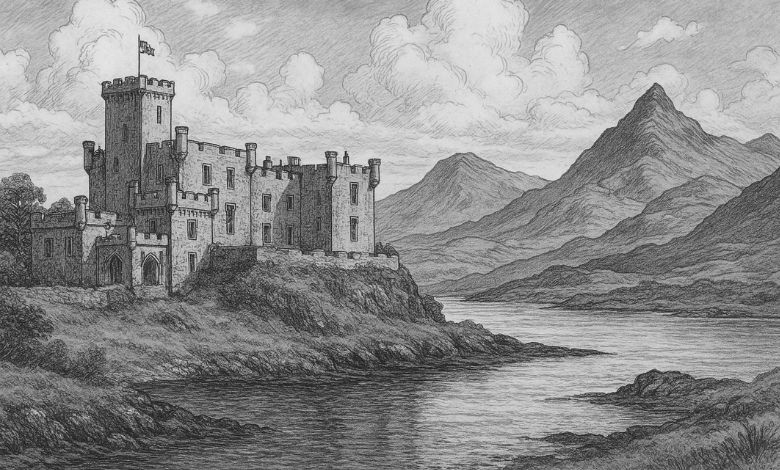
Every clan in middle age had specific strongholds that they ruled and people living in specific areas used to report it. This particular clan had a firm grip over 2 fortresses Dunvegan Castle & Gardens, Isle of Skye. Dunvegan Castle & Gardens is one of the oldest castles that still have been inhabited. The Isle of Lewis is also a living area which has much to offer to tourists. As a result, both of these places are their homes today but domestic circumstances changed with time.
Role of Clan Macleod in Scottish History
Being an influential clan with military contribution, Clan Macleod played an extraordinary role in shaping Scottish history. Though internal feuds continued with every passing century but country’s welfare remained their focus.
Moreover, their powerful history favouring to reshape Scottish culture tells a lot about it. If we specify their part in shaping Scottish culture, we witness them contributing to a rich heritage of poetry, music, and storytelling. Therefore Dunvegan Castle and the culture hidden in its walls are the eyewitnesses of MacLeod culture narrating their role.
Notable Macleod Feuds and Alliances
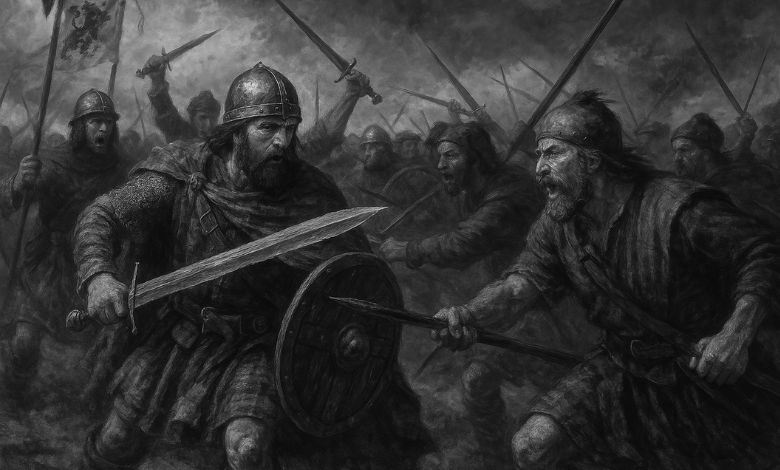
Undoubtedly the role of Clan Macloed has been very effective and impressive throughout history but a sort of turbulence kept on bothering their internal affairs. Let us explain with an example of the Jacobite Rebellion.
During the Jacobite wars, Clan MacLeod’s main branch, led by Norman MacLeod of Dunvegan, was the supporter of the British government. While a branch, the MacLeods of Raasay, were Jacobite and fought for the House of Stuart. Some other alliances and wars they participated in are:
- Battle of Bannockburn
- Battle of Harlaw
- Battle of Bloody Bay
- Battle of Glendale
- Battle of Spoiling Dyke
- Battle of Carbisdale
- Jacobite rising of 1715
The Macleod Tartan and Symbols
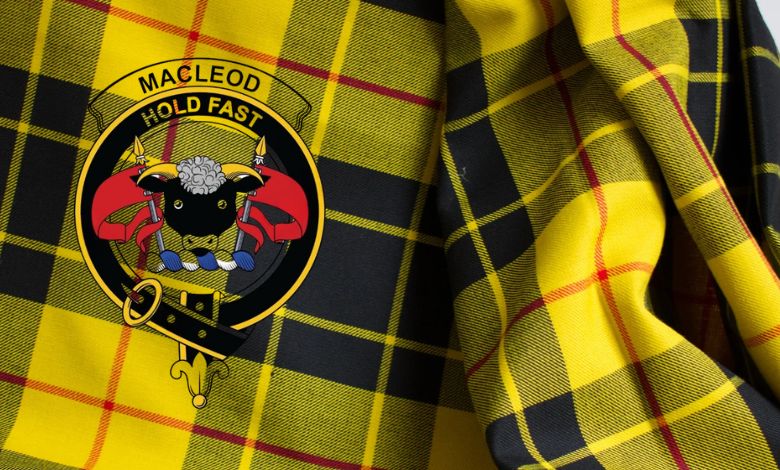
From day one, Scottish clans have their symbols and a specific tartan. We see many Scots wearing tartan kilts with different patterns and colour combinations. These kilt features are the identities of clans. Hence, it has a yellow colour along with red and black lines. Therefore, Macleod of Lewis Tartan Kilt is a popular one.
Through the ages, different symbols or crests became part of Clan Macleod. The badge of the clan has a juniper plant as a symbol. While talking about other symbols, we see a round crest having the face of a bull in it.
Famous Members of Clan Macleod
The earlship of Clan Macloed continued to move from the 1st Leod to the successors. Many earls won the seats, played their part for the permanence of the tribe, and welfare of the country, and died. The current one is the 30th Earl, named Hugh Magnus who was born in 1973. Some of the notable figures from this particular tribe are:
- Leod, (c.1215-c.1280),
- Tormod, (c.1250-c.1320),
- Malcolm, (c.1280-c.1355),
- John, (c.1315-c.1392),
- William,(c.1320-c.1404),
- John, (c.1394-c.1466),
- William, (c.1415-c.1483),
- Alexander, (c.1455-1547),
- William, (c.1512-1551),
- Mary, (c.1543-after 1602),
- Donald, (c.1514-1556),
- Norman, (c.1516-1585),
- William, (c.1561-1590),
- John, (c.1586-1595),
- Sir Rory Mor, (c.1565-1626),
- John, (c.1600-1649),
- Roderick, (c.1635-1664),
- John, (c.1637-1693),
- Roderick, (1674-1699),
- Norman, (c.1685-1706),
- John, (1704-1706),
- Norman, (c.1705-1772),
- Norman, (1754-1801),
- John Norman, (1788-1835),
- Norman, (1812-1895),
- Norman Magnus, (1839-1929),
- Sir Reginald, (1847-1935),
- Dame Flora, (1878-1976),
- John, (1935-2007),
- Hugh Magnus, (born 1973),
Clan Macleod Today
Initially, Clan Macleod used to have two main branches. Today the situations are a bit different and they have 10 different societies worldwide. The membership of this clan is open and a person with the surname Macloed can join it. Clan MacLeod still has an active culture by the day.
Therefore, the motto of “Hold Fast” and the crest of a bull’s head with flags are still the same. Moreover, the clan gatherings take place after every four years. It was going to happen in 2022 but the medical crises did not let it be and it occurred in 2023.
Final Opinion
The Macleod clan stands among the ancient tribes of Scotland that left a remarkable impact on Scottish history and culture. This clan is 800 years older with 2 strongholds. It had 2 main branches while 30 earls had ruled it till now. The symbol that the clan had talked about was bravery. The membership is open 24/7 and having Macleod as a surname is the condition.
